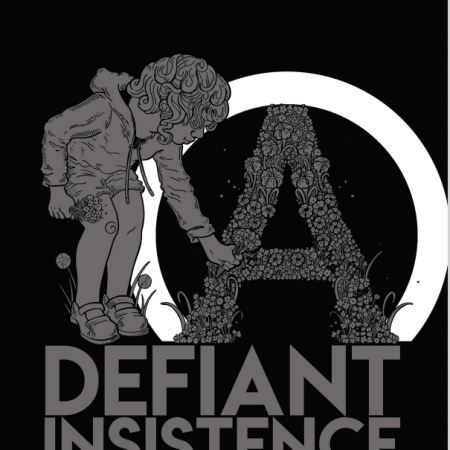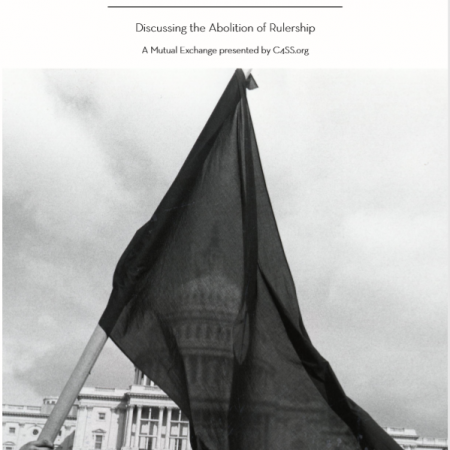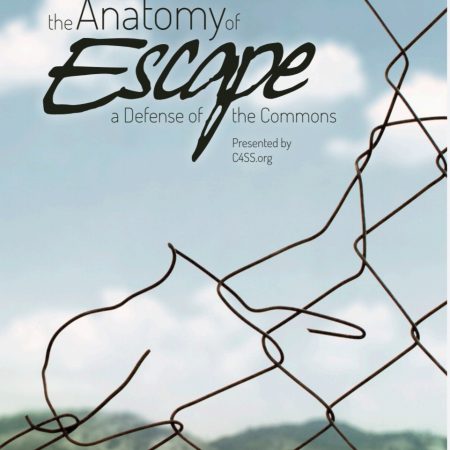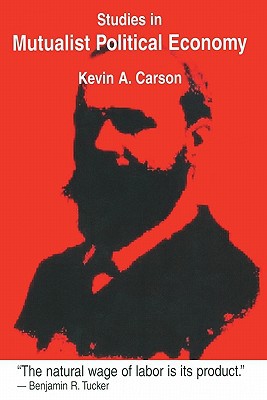Your cart is currently empty!
Orders mailed once a week.
The Desktop Regulatory State
The Desktop Regulatory State The Countervailing Power of Individuals and Networks Purchase: 1 Book
Description
Defenders of the modern state often claim that it’s needed to protect us — from terrorists, invaders, bullies, and rapacious corporations. Economist John Kenneth Galbraith, for instance, famously argued that the state was a source of “countervailing power” that kept other social institutions in check. But what if those “countervailing” institution — corporations, government agencies and domesticated labor unions — in practice collude more than they “countervail” each other? And what if network communications technology and digital platforms now enable us to take on all those dinosaur hierarchies as equals — and more than equals. In The Desktop Regulatory State, Kevin Carson shows how the power of self-regulation, which people engaged in social cooperation have always possessed, has been amplified and intensifed by changes in consciousness — as people have become aware of their own power and of their ability to care for themselves without the state — and in technology — especially information technology. Drawing as usual on a wide array of insights from diverse disciplines, Carson paints an inspiring, challenging, and optimistic portrait of a humane future without the state, and points provocatively toward the steps we need to take in order to achieve it.
Table of Contents
CHAPTER ONE–THE STIGMERGIC REVOLUTION
- Reduced Capital Outlays
- Distributed Infrastructure
- Network Culture
- Stigmergy
CHAPTER TWO–NETWORKS VS. HIERARCHIES
- The Systematic Stupidity of Hierarchies
- Hierarchies vs. Networks
- Networks vs. Hierarchies
- Systems Disruption
CHAPTER THREE–NETWORKS VS. HIERARCHIES: END GAME
- Transition from Hierarchies to Networks
- The Question of Repression
- The Question of Collapse
- Conclusion
CHAPTER FOUR–THE DESKTOP REVOLUTION IN REGULATION
- The Regulatory State: Myth and Reality
- Individual Super-empowerment
- The “Long Tail” in Regulation
- Networked Resistance as an Example of Distributed Infrastructure
- Informational Warfare (or Open-Mouth Sabotage)
- A Narrowcast Model of Open Mouth Sabotage
- Attempts to Suppress or Counter Open Mouth Sabotage
- Who Regulates the Regulators?
- Networked, Distributed Successors to the State: Saint-Simon, Proudhon and “the Administration of Things”
- Monitory Democracy
- “Open Everything”
- Panarchy
- Collective Contracts
- Heather Marsh’s “Proposal for Governance
- Michel Bauwens’ Partner State
CHAPTER FIVE–FUNDAMENTAL INFRASTRUCTURES: NETWORKED SUPPORT PLATFORMS
- Bruce Sterling: Islands in the Net
- Phyles: Neal Stephenson
- Phyles: Las Indias and David de Ugarte
- Bruce Sterling: The Caryatids
- Daniel Suarez
- John Robb: Economies as a Social Software Service
- File Aesir
- Venture Communism
- Medieval Guilds as Predecessors of the Phyle
- Transition Towns and Global Villages
- Modern Networked Labor Unions and Guilds as Examples of Phyles
- Virtual States as Phyles: Hamas, Etc.
- Eugene Holland: Nomad Citizenship
- Producism/Producia
- Emergent Cities
- The Incubator Function
- Mix & Match
CHAPTER SIX–FUNDAMENTAL INFRASTRUCTURES: MONEY
- What Money’s For and What it Isn’t
- The Adoption of Networked Money Systems
- Examples of Networked Money Systems
CHAPTER SEVEN–FUNDAMENTAL INFRASTRUCTURES: EDUCATION AND CREDENTIALING
- Introduction: Whom Do Present-Day Schools Really Serve
- Alternative Models
- Potential Building Blocks for an Open Alternative
- Open Course Materials
- Open Textbooks
- Open Learning Platforms
- Credentialing
CHAPTER EIGHT–THE ASSURANCE COMMONS
- Introduction
- Legibility: Vertical and Horizontal. Graeber, Scott, etc.
- Networked Certification, Reputational and Verification Mechanisms
- Ostrom, Commons Governance and Vernacular Law
CHAPTER NINE–THE OPEN SOURCE LABOR BOARD
- Historic Models
- Networked Labor Struggle
- Open-Mouth Sabotage
CHAPTER TEN–OPEN SOURCE CIVIL LIBERTIES ENFORCEMENT
- Protection Against Non-State Civil Rights Violations
- When the State is the Civil Liberties Violator
- Circumventing the Law
- Circumvention: Privacy vs. Surveillance
- Seeing Like a State, and the Art of Not Being Governed
- Exposure and Embarrassment
- Networked Activism and the Growth of Civil Society
CHAPTER ELEVEN–THE OPEN SOURCE FOURTH ESTATE
- The Industrial Model
- Open Source Journalism
CHAPTER TWELVE–OPEN SOURCE NATIONAL SECURITY
- The State as Cause of the Problem: Blowback
- Meta-Organization
- Active Defense, Counter-Terrorism, and Other Security Measures
- Passive Defense
- The Stateless Society as the Ultimate in Passive Defense
- Disaster Relief









